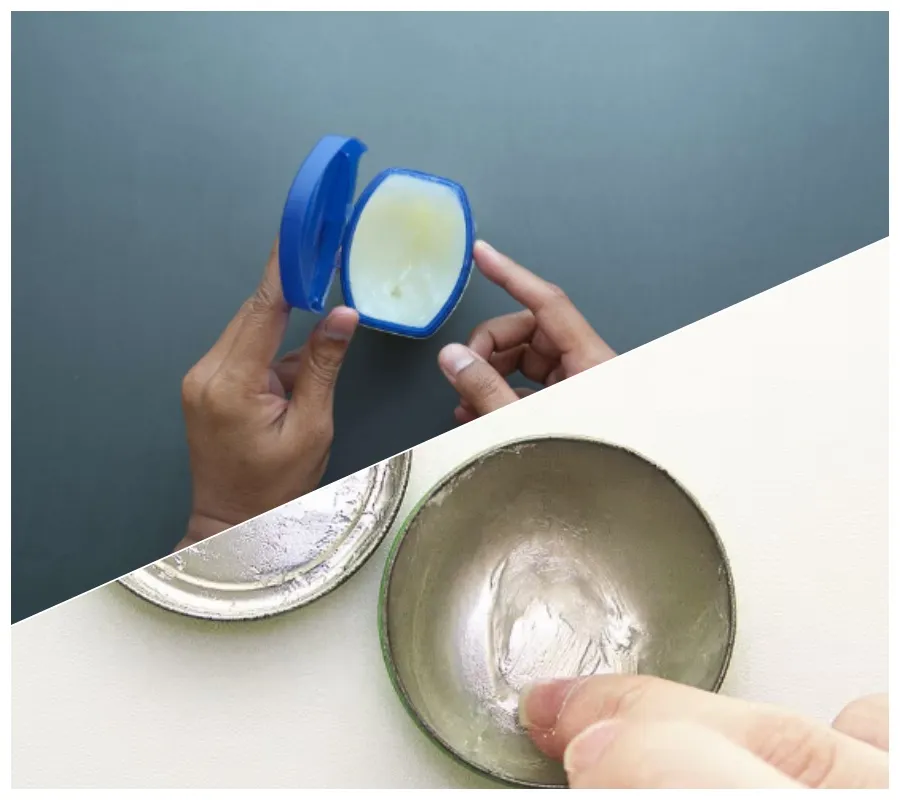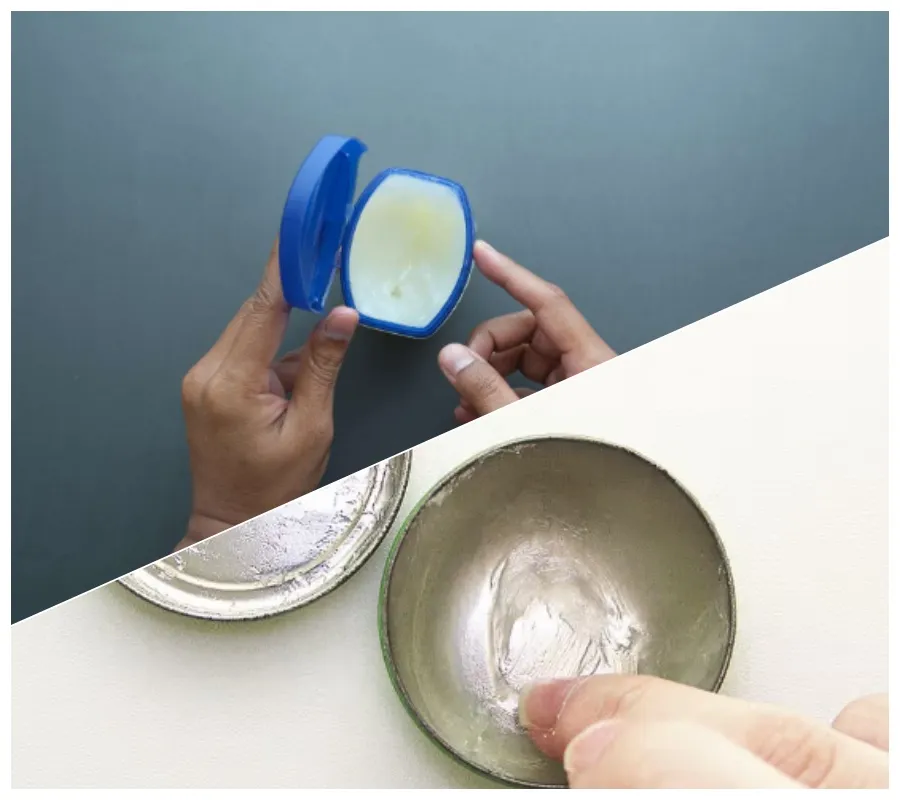Is Petroleum Jelly a Good Moisturizer for Your Face? Here’s What You Need to Know

Petroleum jelly, commonly known by the brand name Vaseline, has been a staple in many households for decades. With its versatile applications, it’s often used to prevent chafing, treat diaper rash, soothe cracked pet paws, and even prolong the scent of perfume. A popular use of petroleum jelly, however, is in skincare, where it is renowned for its moisturizing properties. But while it might work wonders for some, it’s not necessarily the best choice for everyone’s skin, especially when it comes to facial care.

Table of Contents
ToggleWhat is Petroleum Jelly?
Petroleum jelly, or Vaseline, was first discovered in the 1850s by oil workers who noticed a byproduct forming on their drilling equipment. This substance, which they dubbed “rod wax,” seemed to have soothing properties for minor cuts and burns. A Pennsylvanian chemist refined this semi-solid mixture, made up of mineral oil, paraffin wax, and microcrystalline wax, and patented it under the name Vaseline.
The primary ingredient of petroleum jelly is a purified form of petroleum known as white petroleum. According to Dr. Dustin Portela, a board-certified dermatologist, this form is beneficial because it is pure and free from carcinogenic or irritating ingredients. This makes petroleum jelly a safe option for most individuals, as it is non-irritating and carries a very low risk of allergic reactions.
Benefits of Using Petroleum Jelly on Skin
Petroleum jelly has a range of benefits that make it suitable for various skin concerns. Dr. Farah Moustafa, a board-certified dermatologist, notes that it’s excellent for treating dry lips, dry skin, minor cuts, scrapes, surgical incisions, diaper rash, and burns. The secret to its effectiveness lies in its ability to form a protective barrier over the skin. This barrier not only locks in moisture, preventing water loss, but also facilitates the healing process by protecting the skin from external irritants.
Another significant advantage of petroleum jelly is its non-comedogenic nature, meaning it doesn’t clog pores. This makes it an attractive option for those seeking a heavy-duty moisturizer without the fear of breakouts. However, Dr. Debra Jaliman, a dermatologist and clinical professor at Mt. Sinai School of Medicine, advises against using it on acne-prone skin. She suggests opting for lighter moisturizers that are specifically formulated to avoid triggering acne.
Potential Drawbacks of Petroleum Jelly
Despite its benefits, petroleum jelly may not be ideal for everyone. Some people find its greasy texture uncomfortable, as it sits on top of the skin rather than being absorbed. This can feel heavy or uncomfortable, particularly if used in large quantities. Dr. Elika Hoss from the Mayo Clinic Dermatology Cosmetic Clinic mentions that a bandage or dressing may sometimes be needed to protect clothing or bedding from the greasiness.

Is Petroleum Jelly Safe for Facial Use?
Using petroleum jelly on the face can be a good option for those with very dry or sensitive skin. Its barrier-forming properties can help protect against harsh weather conditions and lock in moisture. If you choose to use petroleum jelly on your face, Dr. Portela recommends applying only a thin layer to avoid excess greasiness. For optimal results, Dr. Moustafa suggests applying it after a shower, once the skin has been patted dry, as this allows for better absorption with minimal residue.
Petroleum jelly can be an excellent addition to your skincare routine, especially for those with dry or sensitive skin. Its ability to lock in moisture, promote healing, and protect the skin from external elements makes it a versatile and effective product. However, its greasy texture may not be suitable for everyone, particularly those with oily or acne-prone skin. As with any skincare product, it’s essential to understand your skin type and needs before incorporating petroleum jelly into your routine






